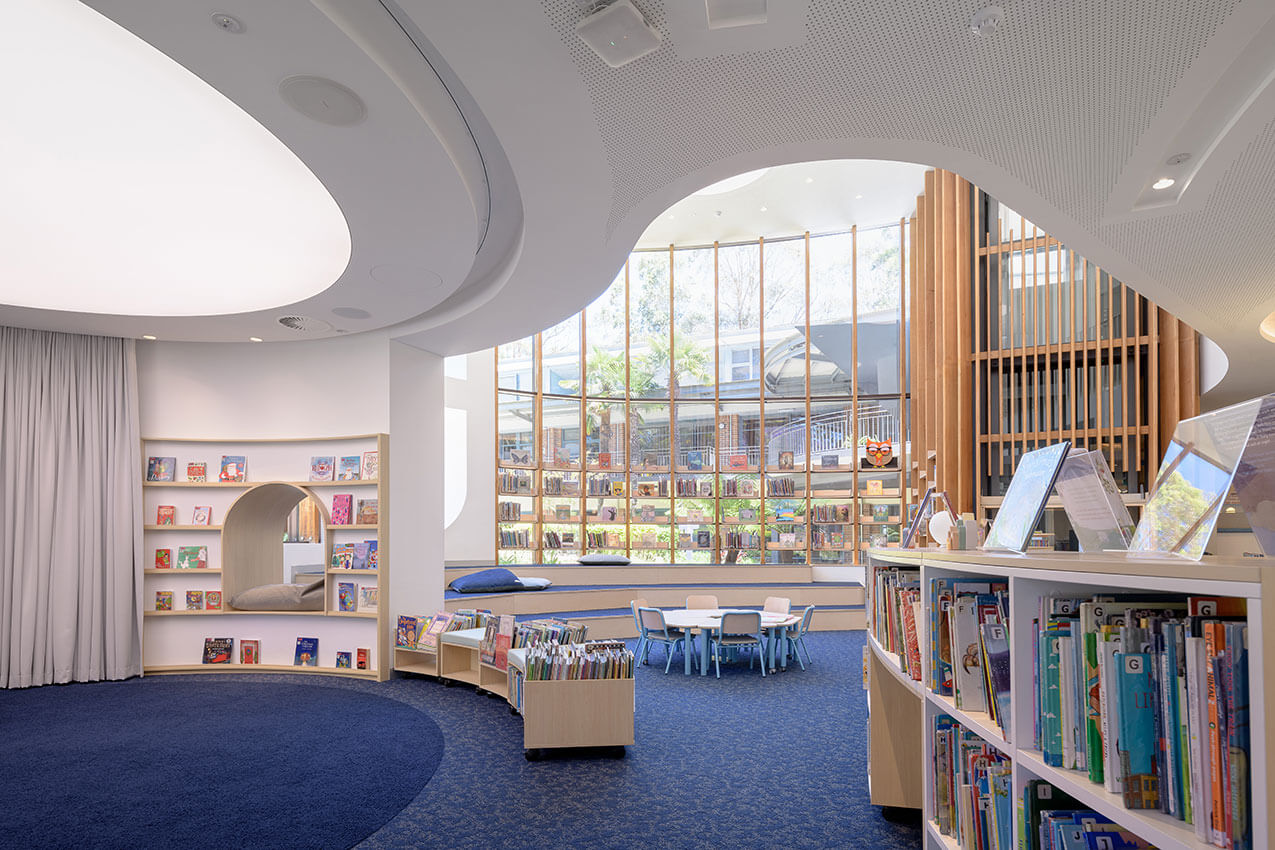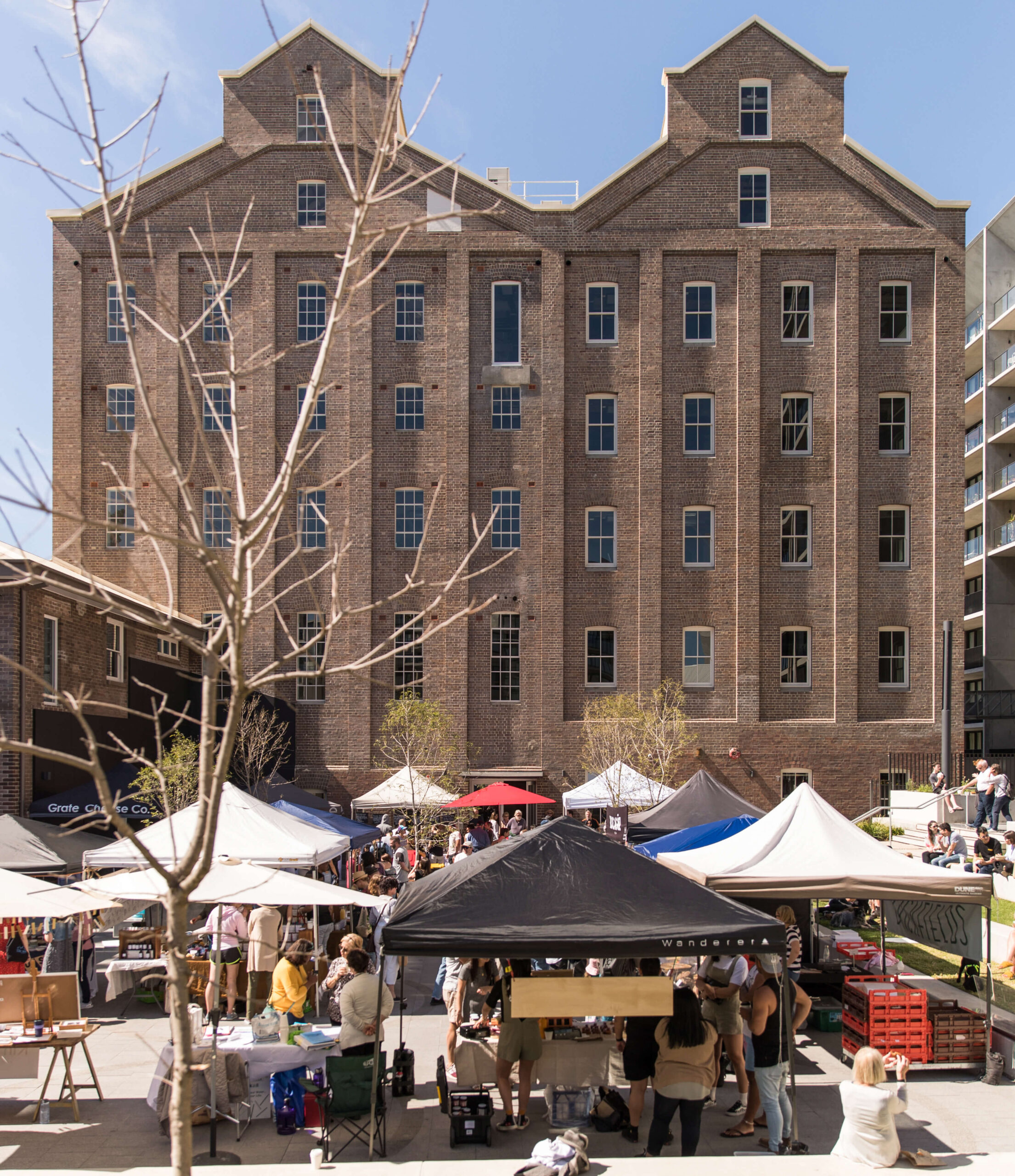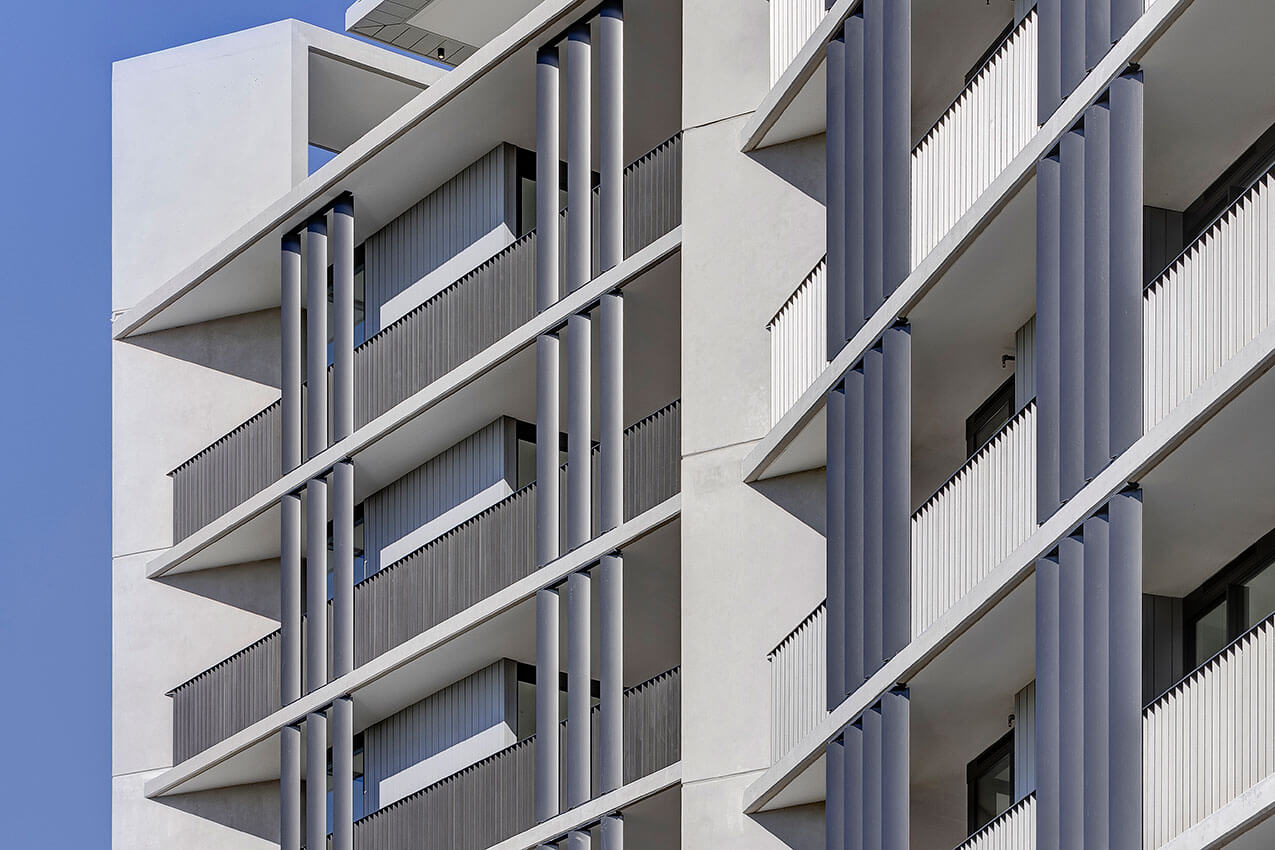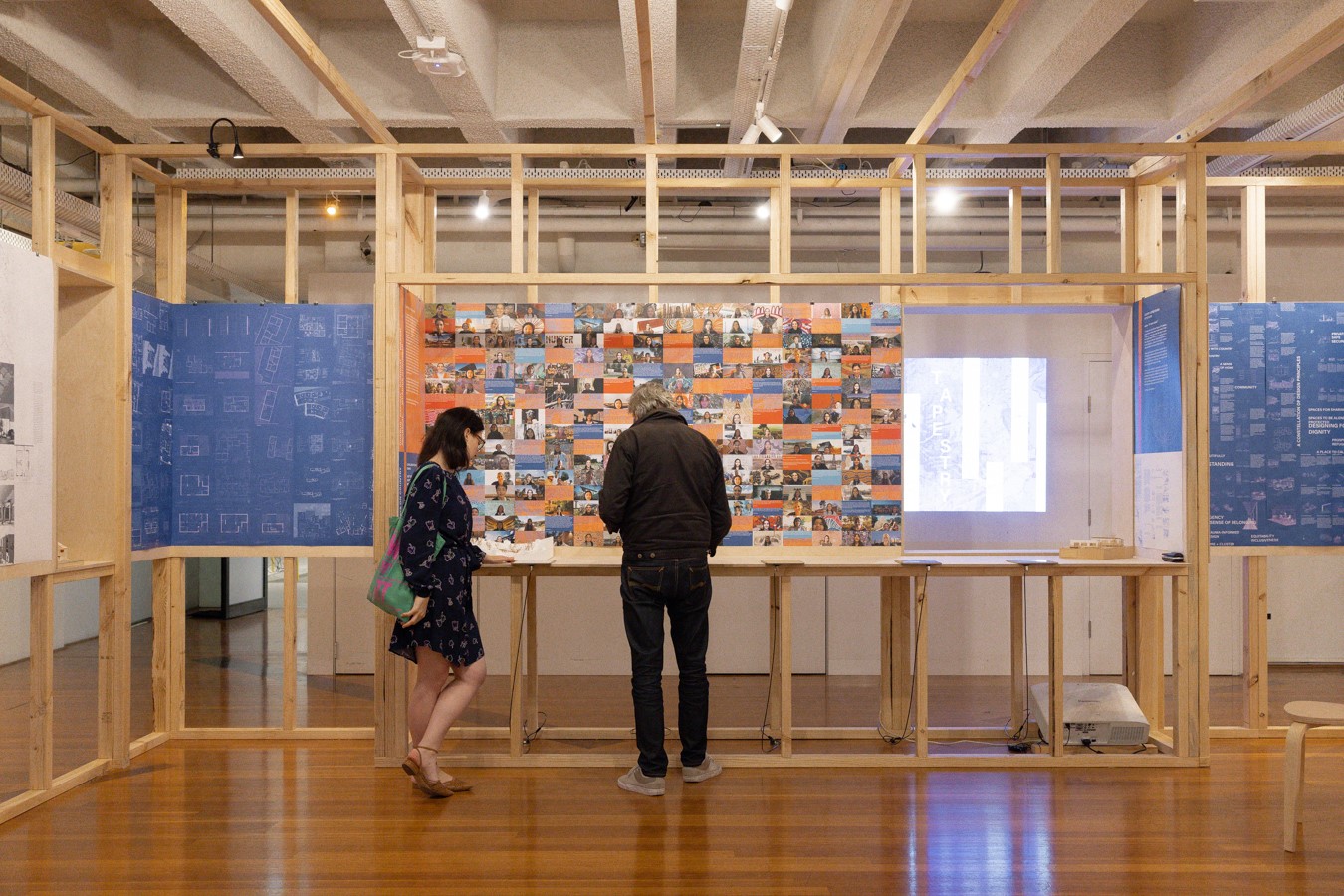How architecture can support the wellbeing of building users

Architecture is not just about creating aesthetically pleasing buildings; it plays a crucial role in creating environments that support the health and wellbeing of those who live, work, and play in those spaces. This concept has gained recent attention, as studies highlight the impact of indoor environments on our physical and mental health and how architects are playing a leading role in an increasingly wellness-focused world.
Wellbeing for whom?

What do you think accessibility means? Does it mean compliance with AS1428.1 or the ability to enter a building and spaces within it? Is it about usability? Even if it means all these things, the word accessibility is too limited to encompass all the considerations for people with disabilities and generally does not account for the psychosocial or psycho-emotional experiences of a building.
The state of wellbeing in the architectural profession

A recent ground-breaking study into the Wellbeing of Architects in Australia, (based at RMIT and Monash Universities, funded by the Australia Research Council and supported by numerous industry partners) found that working in the profession isn’t necessarily easy. In fact, many architects display concerningly low levels of personal wellbeing.
Abbotsleigh School Library & Centre for Science and Art: AJC Architects

The built environment in education settings is often referred to as the ‘Third Teacher’ from the Reggio Emilia philosophy acknowledging the significant role the built environment has on student learning and engagement. So significant the Australian Children’s Education & Care Authority has a quality area dedicated to it, citing that “Behind educators and families, physical spaces hold the potential to influence what and how children learn.”
How can architects measure the impact of design on wellbeing?

Design decisions made by an architect have a fundamental impact on an inhabitant’s quality of life. Decades of research have shown how good design can enhance both people and the planet’s sense of wellbeing.
Social value in the built environment

The built environment plays a key role in improving people’s wellbeing by creating social value. Wellbeing and social value are interconnected, with social value being described as the positive effects buildings, spaces, and infrastructure have on people’s wellbeing and quality of life.
The architecture of housing: Obligations and opportunities

Australia has long been categorised as one of the most urbanised nations, with a high percentage of the population living in suburbs and conurbations. In recent decades, a substantially greater proportion of people are now living in higher density housing. This is certainly the case in major cities like Sydney and Melbourne, where over 50% of all new dwellings have been in the form of apartment buildings. As denser forms of housing are now prevalent across Australia, the profession must rise to the challenge and must better demonstrate the role and character of such housing in city making.
Brisbane ferry terminal redevelopment: Cox Architecture with Aurecon

Architecture plays a critical role in responding to the needs of those affected by natural disasters. Through design, architects can help to mitigate the impacts of climate events by offering adaptive and resilient strategies, often developed as part of disaster recovery solutions. One such approach is evident in the Brisbane ferry terminal redevelopment project by Cox Architecture in collaboration with Aurecon.
A home to be nude in

My own experiences of living in apartments have all been under very different circumstances – firstly with two housemates in a three-bed and then on my own in a studio apartment. Next in a two-bed with a partner and a dog, and then we added a baby into the mix.
Learning and teaching the value of housing

When students can engage with real communities and projects, especially those that focus on designing with empathy, they can begin to appreciate how architects can operate as advocates promoting a better and more equitable world.